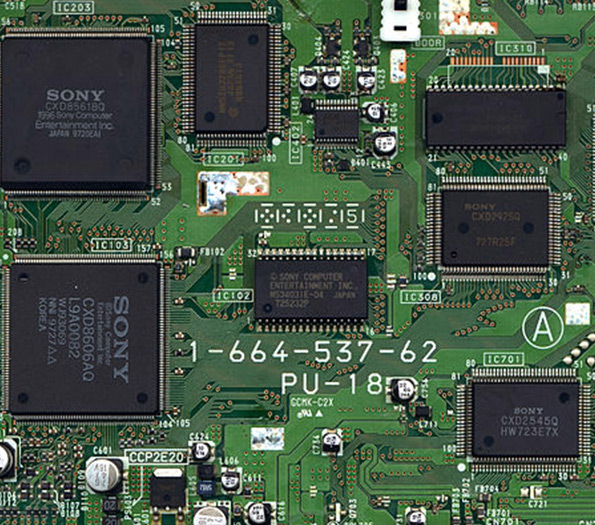

Understanding Low-E Glass Prices Factors and Trends
Low-emissivity (Low-E) glass has revolutionized the construction and architecture industries by enhancing energy efficiency in buildings while maintaining aesthetic appeal. This specialized glazing features a microscopically thin coating that reflects heat and ultraviolet (UV) rays while allowing natural light to pass through. As energy efficiency becomes a priority for both residential and commercial properties, understanding the pricing of Low-E glass becomes essential for builders, architects, and homeowners alike.
What Influences the Price of Low-E Glass?
Several factors influence the price of Low-E glass, making it a complex product to evaluate. The primary determinants include the type of Low-E coating, the thickness of the glass, the quantity purchased, and the manufacturing process.
1. Type of Low-E Coating There are generally two types of Low-E coatings hard coat and soft coat. Hard coat Low-E glass is typically less expensive and is applied during the manufacturing process, resulting in a durable product. However, soft coat Low-E glass, which is applied after the glass is created, provides better thermal insulation and higher energy efficiency but comes with a higher price tag.
2. Glass Thickness The thickness of the glass also impacts cost. Thicker glass generally offers better insulation and durability, but it can increase the overall price. Depending on the project requirements, builders may need to balance between cost efficiency and the structural demands of the building.
3. Quantity and Bulk Orders Purchasing Low-E glass in bulk can lead to significant savings. Suppliers often offer discounts for larger orders, which can be beneficial for large construction projects. As such, it's advisable for construction companies to assess their needs and plan accordingly to take advantage of possible cost reductions.
4. Manufacturing Process The complexity of the manufacturing process can significantly affect pricing. Advanced technologies and methods used to produce Low-E glass can raise costs. Furthermore, high-quality materials that ensure better durability and performance often come at a premium.

5. Market Demand Like many other products, the price of Low-E glass is also influenced by market demand. As more consumers lean toward energy-efficient building solutions, increased demand can lead to higher prices, especially during peak construction seasons. Conversely, if the market saturates or demand stabilizes, prices may decrease.
Current Trends in Low-E Glass Pricing
Trends in pricing for Low-E glass vary based on the overall economic climate and shifts in consumer behavior. Recent studies indicate that as global awareness surrounding climate change and energy efficiency grows, the demand for Low-E glass is likely to rise. This demand, paired with supply chain fluctuations and material costs, can lead to price volatility.
Interestingly, government incentives for energy-efficient building practices may provide a buffer against rising prices. Many regions offer tax credits or rebates for using energy-efficient materials, which could offset the initial higher costs of Low-E glass.
Conclusion
Understanding the intricacies of Low-E glass pricing is essential for anyone involved in construction or renovation projects. With various factors influencing costs, including the type of coating, thickness, and market demands, it’s imperative to conduct thorough research and consider long-term savings associated with energy efficiency. As the trend towards sustainable building practices continues, staying informed about Low-E glass prices will empower builders and homeowners to make educated decisions that align with both their budgets and environmental goals.
In summary, as Low-E glass technology advances and becomes more accessible, it promises to play a pivotal role in shaping the future of energy-efficient construction worldwide.